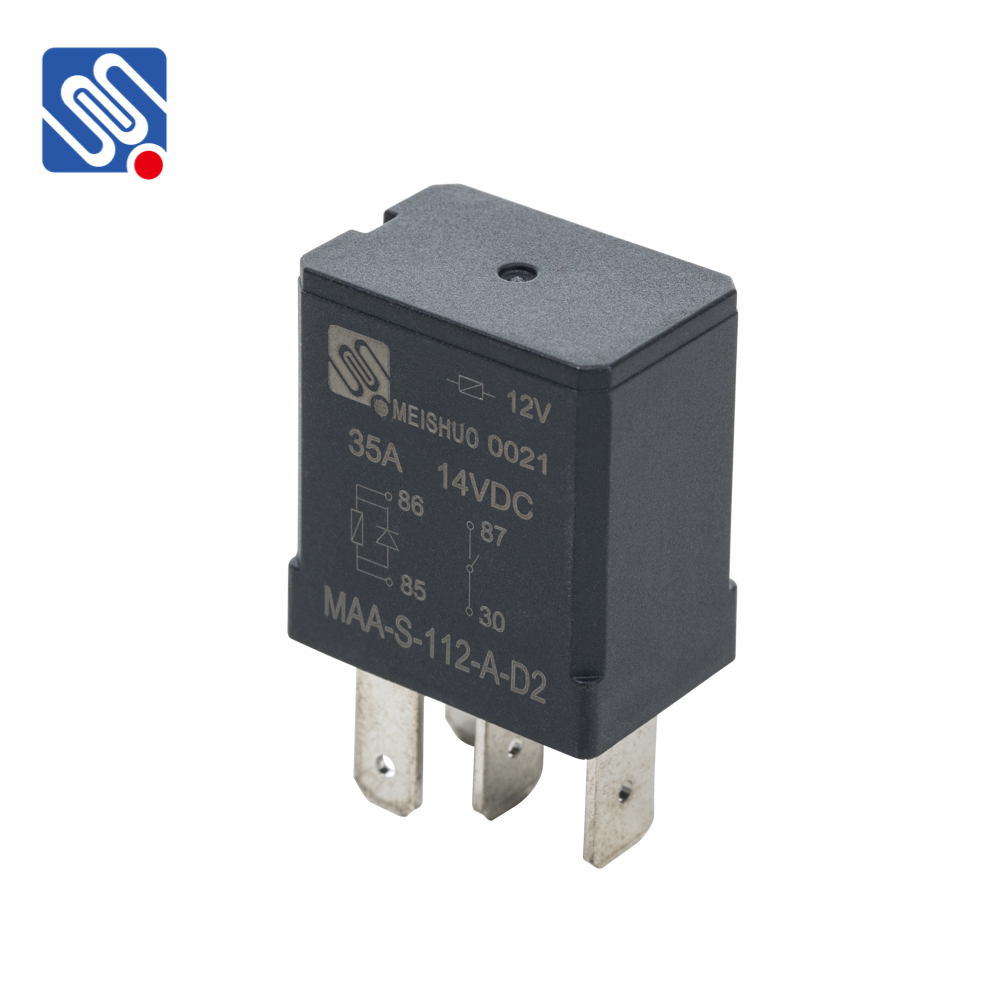Relays are essential components in electrical circuits, used to control high-power devices with low-power signals. Among various types of relays, the 12V relay is one of the most commonly used, particularly in automotive, industrial, and automation systems. In this article, we will explore what a 12V relay is, how it works, its applications, and important factors to consider when selecting one for your project.

What is a 12V Relay? A 12V relay is an electrically operated switch that allows you to control one circuit by using another low-voltage circuit. The number “12V” refers to the voltage required to activate the relay’s coil. The relay works by using an electromagnet that, when energized with 12V, pulls a mechanical armature that changes the state of the relay’s contacts. This action either opens or closes the contacts, depending on the type of relay. There are generally two types of relay contacts: Normally Open (NO) and Normally Closed (NC). In the NO configuration, the contacts are open (no connection) when the relay is de-energized. When the relay receives 12V, the contacts close, completing the circuit. In the NC configuration, the contacts are closed when the relay is de-energized, and they open when the relay is activated.